The relationship between theory and practice in Physical Education
Resumen
Physical education (PE) practiced in the early stages of life contributes to psychomotor development, promotes healthy lifestyles, and influences metabolic variables. Currently, high levels of sedentary lifestyles prevail, and unhealthy habits significantly impact lifestyle; consequently, the metabolic state of human beings is altered throughout their life cycle. Given the limited information on the associations between these variables, the present study was conducted to analyze the relationships among physical education, psychomotor skills, and lifestyle habits in women and men at the pre-adolescent and adolescent stages in a central region of Mexico. Seven hundred and twenty-four students participated in a representative sample of 19,000 participants from the municipal sports initiation schools of León, comprising two age groups: pre-adolescents (12 to 15 years of age) and adolescents (16 to 19 years of age), of both sexes. Males in the pre-adolescent and adolescent groups had higher values for glucose, cholesterol, low-density lipoproteins, very low-density lipoproteins, and high-density lipoproteins. The physical activity variables were significantly related by a multiple correlation model (R² = 0.49; p < 0.05). Perception of physical activity through physical education had a score range of 4-8 out of 10 points. The psychomotor movement test in the Illinois test yielded values between 40% and 72%, which are considered low. In conclusion, the metabolic variables of glucose and lipids had values unsuitable for their age, and males had the highest values. Participants in sports programs need to have a greater understanding of their metabolic variables, adopt healthy lifestyles, and develop better psychomotor skills from an early stage of life.
Descargas
Citas
Active Healthy Kids Global Alliance (AHKGA). (2022). Boleta de Calificaciones Mexicana 2022. https://www.activehealthykids.org/wp-content/uploads/2024/02/Mexico-report-card-short-form-2022.pdf
Bailey, R., Hillman, C., Arent, S., & Petitpas, A. (2013). Physical activity: An underestimated investment in human capital?. Journal of Physical Activity and Health, 10(3), 289–308. https://doi.org/10.1123/jpah.10.3.289.
Battaglia, G., Giustino, V., Tabacchi, G., Alesi M., Galassi, C., Modica, C., Palma, A., Bellafiore, M., (2020). Effectiveness of a Physical Education Program on the Motor and Pre-literacy Skills of Preschoolers From the Training-To-Health Project: A Focus on Weight Status. Front Sports Act Living. 2020 16;2-57.
Camacho, A., Noguera, M., Buñuel, P., Domínguez, R., Larrubia, J. & Delgado, M. (2006). The learning assessment in physical education. The differences according to educative level. European Journal of Human Movement, (17), 71-95.
Di Maglie, A.; Marsigliante, S.; My, G.; Colazzo, S.; Muscella, A (2022). Effects of a physical activity intervention on schoolchildren fitness. Physiol. Rep.
González Cabrera, J. L. (2021). Programas de estudio de Educación Física en México: Una prioridad postpandemia. COMIE.https://www.comie.org.mx/congreso/memoriaelectronica/v16/doc/1508.pdf
Daniel, W: Biostatistics (2018). 4th Edition. McGraw-Hill Editorial
European Commission/EACEA/Eurydice. (2013). Physical Education and Sport in European Schools. Eurydice Report. Luxembourg: Publications Office of the European Union. https://op.europa.eu/en/publication-detail/-/publication/6b5b664e-8b7c-4c9a-81ab-9a1cde3f5653
Harrow, A., 1972. Taxonomy domain. 1th edition. Editorial McKay. USA
Hernández-Sampieri, R., 2023. Research Method. 2th edition. McGraw-Hill.
Instituto Nacional de Salud Pública (INSP). (2020). Actividad física y salud en niños y adolescentes mexicanos. INSP. https://www.insp.mx.
López-Walle J, Tristán J, & García-Verazaluce J, 2020). Efectos del ejercicio físico en la salud metabólica de adolescentes mexicanos. Revista de Ciencias del Deporte, 7(1), 25–39.
Marsigliante, S, Gómez-López, M, Muscella, A (2023). Effects on Children's Physical and Mental Well-Being of a Physical-Activity-Based School Intervention Program: A Randomized Study. Int. J. Environ. Res. Public Health 2023, 20, 1927.
Méndez, I,. The research protocol (2018). 18th edition. Editorial Trillas.
Olympic Association Committee (OAC) (2024). Australia’s shocking Olympic truth revealed. https://www.news.com.au/sport/olympics/research-shows-truth-of-australias-olympic-sport-participation/news-story.
Organización de las Naciones Unidas para la Educación, la Ciencia y la Cultura (UNESCO). (2017). Recomendaciones de políticas para la prestación de educación física de calidad en el nivel básico del sistema educativo mexicano. en.unesco.org
Organización Mundial de la Salud. (2020). Directrices sobre actividad física y hábitos sedentarios. OMS. https://www.who.int/publications/i/item/9789240015128.
Pagani, L. S, Fitzpatrick, C., Barnett, T. A, and Dubow E. (2010). Prospective associations between early childhood television exposure and academic, psychosocial, and physical well-being by middle childhood. Arch. Pediatr Adolesc Med 164, 425-431.
Shepard, Jeremy & Dawes, Jay & Jeffreys, Ian & Spiteri, Tania & Nimphius, Sophia. (2014). Broadening the view of agility: a scientific review of the literature. Journal of Australian Strength and Conditioning. 22. 6-30.
Secretaría de Educación Pública. (2018). Plan y programas de estudio. Educación básica: aprendizajes clave para la educación integral. SEP. https://www.gob.mx/sep.
Secretaría de Educación Pública (SEP). (2015). Libro Blanco de la Educación Física. SEP.
Time Magazine Report. Analysis of China's sports success. (2016). Inside the System That Turned China into the Most Dominant Divers in the World. https://time.com/4442329/china-diving-rio-2016-olympics.
Tomporowski, P. D., Davis, C. L., Miller, P. H., & Naglieri, J. A. (2008). Exercise and Children's Intelligence, Cognition, and Academic Achievement. Educational Psychology Review, 20, 111–131. https://doi.org/10.1007/s10648-007-9057-0
USOPC. 2025. Why does the United States dominate world sports? Retrieved https://as.com/us/us/2020/02/06
Valadez, M. del R., & López, R. G. (2019). Percepción de los estudiantes de secundaria sobre la clase de educación física. Revista Mexicana de Educación Física, 11(2), 34–45
Castro Valdivieso, C., & Rivera Cid, R. I. (2025). Exploring EFL Instructors’ Strategies and challenges for learners Autonomy and Self-regulation in blended learning contexts in Chile. Ciencia Y Reflexión, 4(2), 2468–2491. https://doi.org/10.70747/cr.v4i2.419
Urquidez Romero , R., Avitia Sánchez, A., Cano Ramírez , D., Jiménez Montes , L. V., Barranco Merino, G. I., & Reyes Ruvalcaba, D. (2025). Programa de Intervención con un Suplemento Multivitamínico para Mejorar el Estado de Nutrición y Anemia en Niños en Condición de Vulnerabilidad Social de Ciudad Juárez Chihuahua. Ciencia Latina Revista Científica Multidisciplinar, 9(3), 8340-8354. https://doi.org/10.37811/cl_rcm.v9i3.18460
Añapa Quiñónez, P. L., Recalde Páez, J. P., Fey Zalamea, C. D., Rivera Quiñónez, E. D., & Acuri Pacheco, D. A. (2025). Estrategias para la Implementación Efectiva del Aprendizaje Híbrido (Blended Learning) en Instituciones Educativas Rurales del Ecuador: Un Análisis Integral. Ciencia Y Reflexión, 4(2), 1160–1184. https://doi.org/10.70747/cr.v4i2.325
Tenesaca Canchignia , D. C., Canchignia Bonilla, E. L., Remache Guamán, N. V., Guamán Sagñay , H. P., & Hualcopo Duchicela, U. E. (2025). Guía para padres con respecto al uso de dispositivos móviles el niños de nivel preparatorio. Arandu UTIC, 12(2), 287–307. https://doi.org/10.69639/arandu.v12i2.925
Araujo García, D., Chang Espinosa , O. Y., & Pérez Vázquez , D. (2025). Consultoría Estratégica para Mipymes: Estudio de Mercado para Impulsar el Desarrollo Regional en Perote, Veracruz. Estudios Y Perspectivas Revista Científica Y Académica , 5(3), 27–45. https://doi.org/10.61384/r.c.a.v5i3.1328
Simbaña Cabrera, H. A., Haro Jácome, O. F., García-Romero , C. A., & Analuisa García , P. S. (2025). La titulación rural, una propuesta colectiva que evidencia la realidad educativa de las escuelas multigrado. Emergentes - Revista Científica, 5(2), 1–14. https://doi.org/10.60112/erc.v5.i2.385
Cortés Viveros, N., Hernández García, R. A., Galván Sarabia, A., Olivares Galvan, H. R., & Texon Olguin, O. A. (2025). En Busca del Modelo Ideal para Determinar las Variables que Explican el Tiempo de Desempleo en Buscadores Xalapeños. Estudios Y Perspectivas Revista Científica Y Académica , 5(3), 65–81. https://doi.org/10.61384/r.c.a.v5i3.1332
Bernal Parraga, A. P., Salazar Véliz , E. T., Zambrano Lamilla, L. M., Espinoza Jaramillo , S. G., Morales García , C. S., Shinger Hipatia, N. S., & Zapata Calderón , S. J. (2025). Innovaciones Didácticas para Lengua y Literatura Basadas en el Aprendizaje Personalizado y Colaborativo . Revista Científica De Salud Y Desarrollo Humano , 6(2), 01–32. https://doi.org/10.61368/r.s.d.h.v6i2.574
Sabando Suárez, A. A., Vega Guamangate, J. M., García Gallirgos, V. J., & Mora Carpio, W. T. (2025). Impacto del Gasto Social en el Índice de Desarrollo Humano en Ecuador. periodo 2001-2023. Revista Veritas De Difusão Científica, 6(2), 1593–1633. https://doi.org/10.61616/rvdc.v6i2.707
Derechos de autor 2025 Antonio Eugenio Rivera Cisneros , Aurelia Gutiérrez Ríos , Ricardo Félix Inguanzo, Pablo Julián Medina-Sánchez, Jorge Manuel Sánchez-González, María Cristina Morán Moguel, Jorge Horacio Portillo Gallo, Luis Arturo Camacho Silvas, Verónica Michelle Ledezma Martinez

Esta obra está bajo licencia internacional Creative Commons Reconocimiento 4.0.

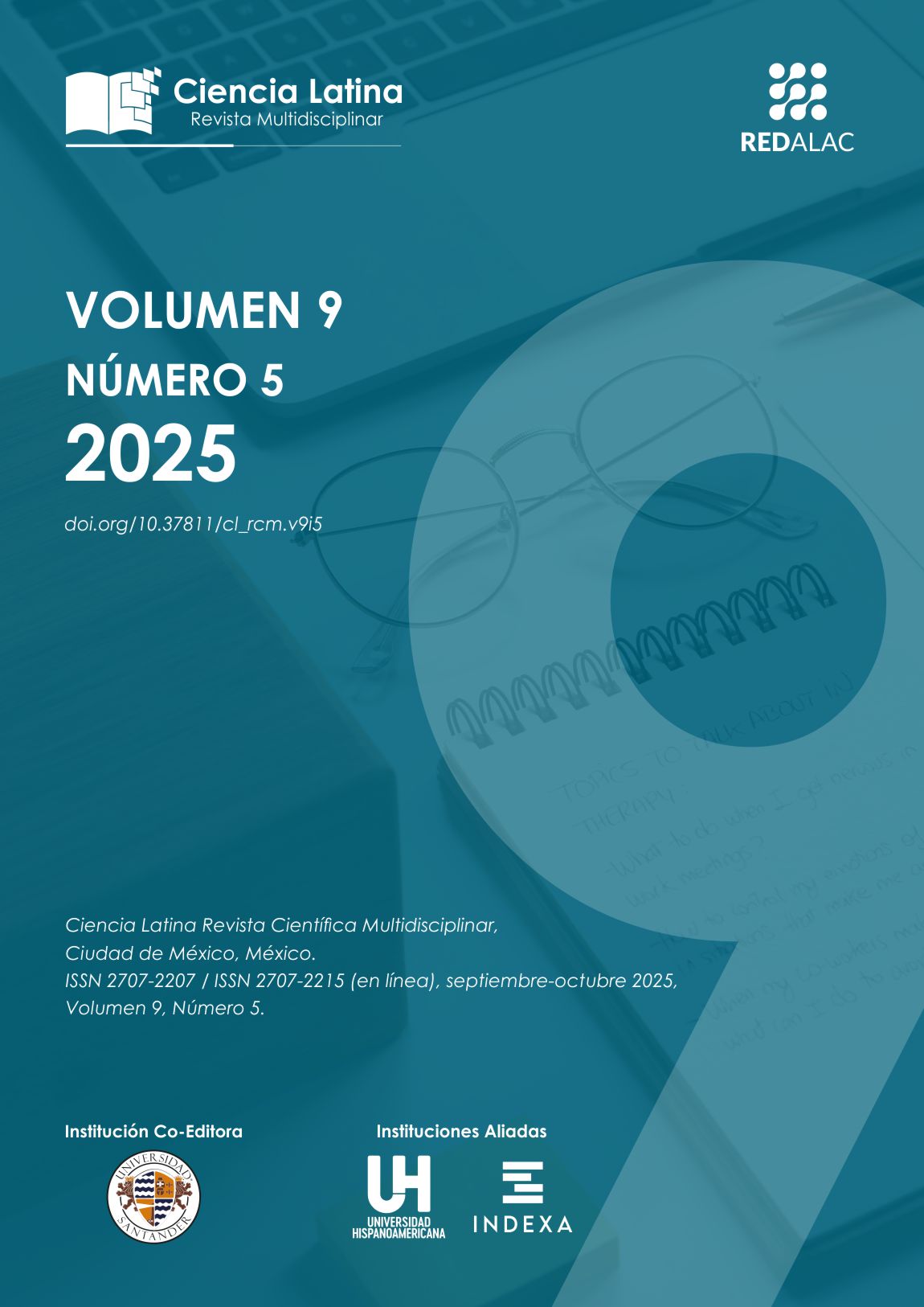

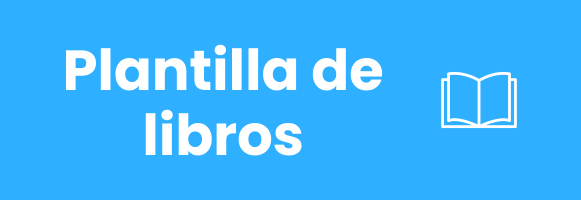

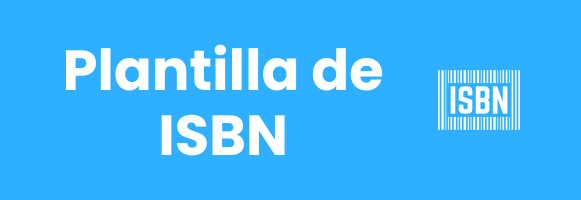
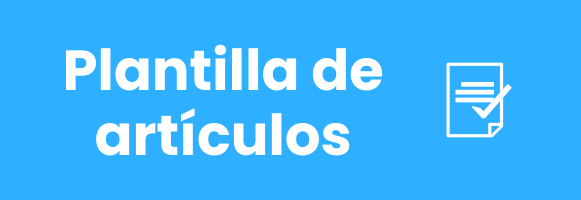
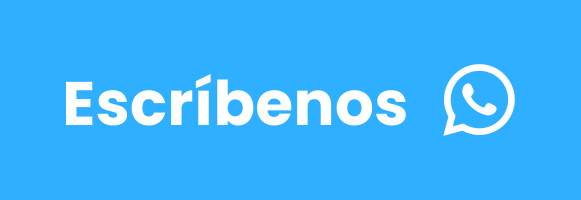

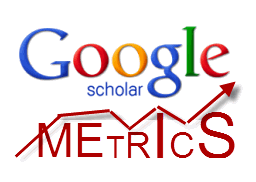
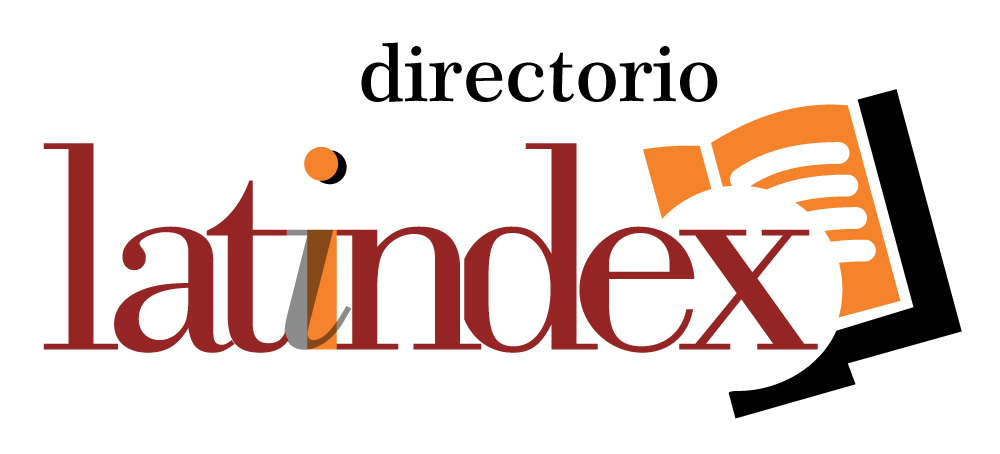
.png)
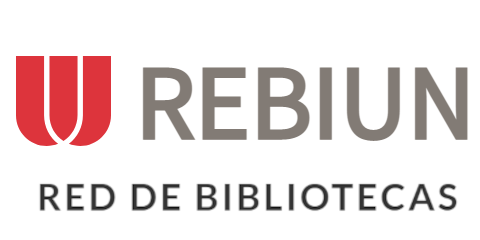







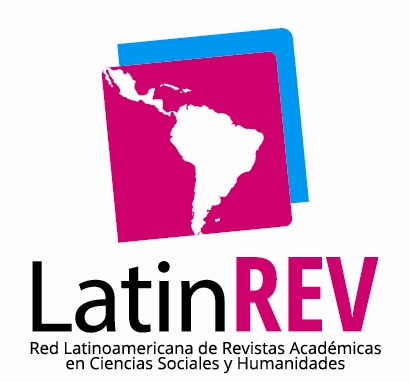

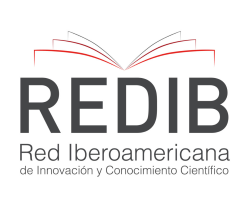


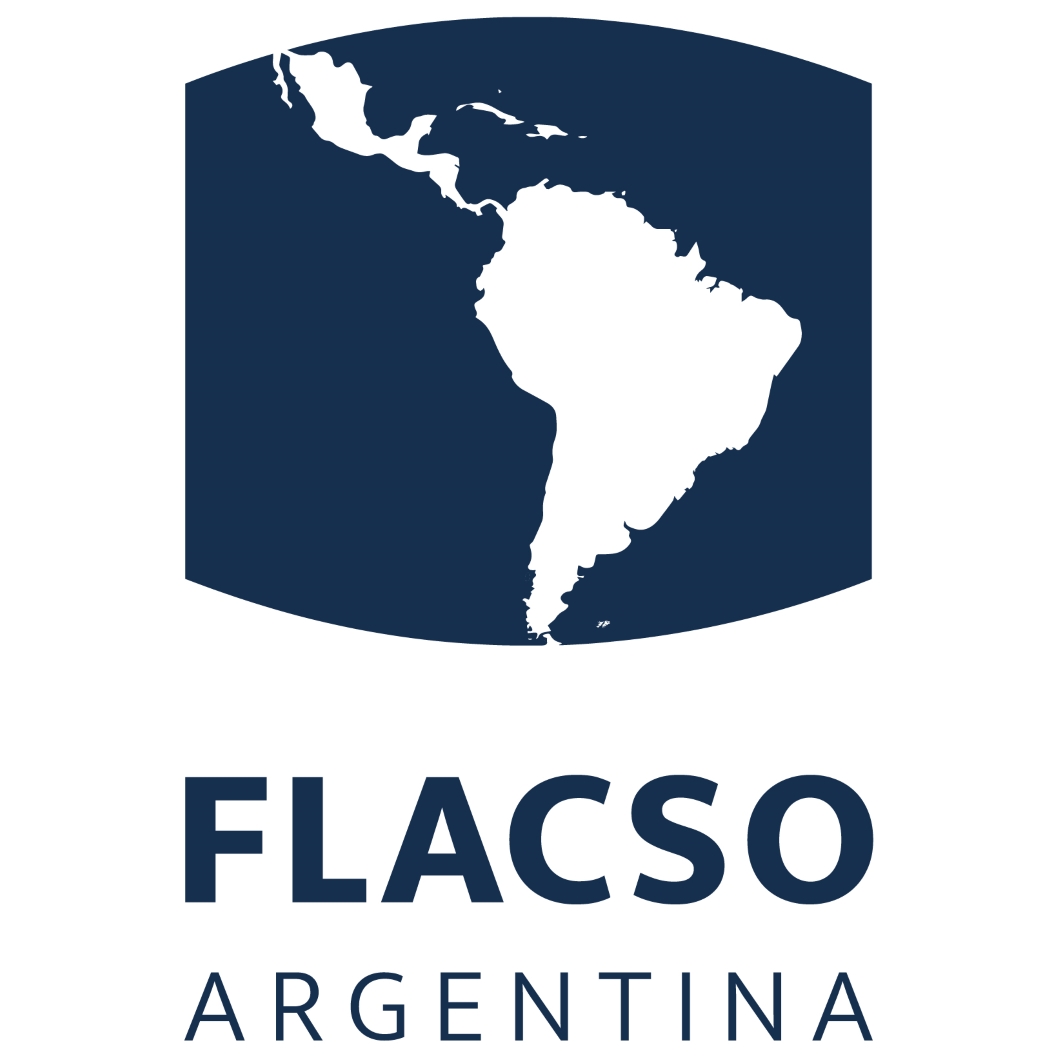

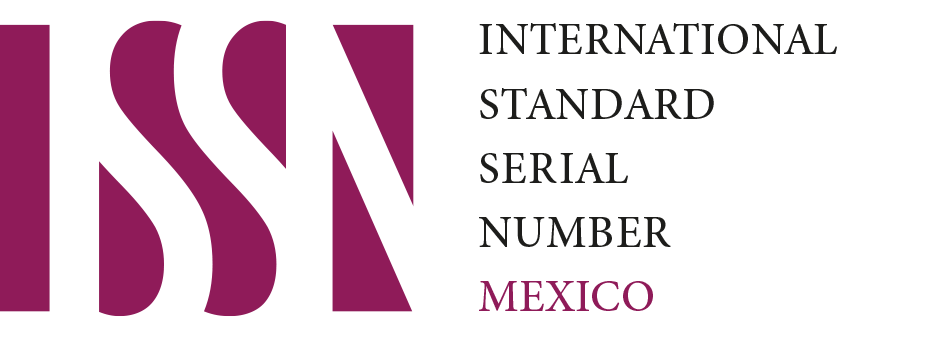
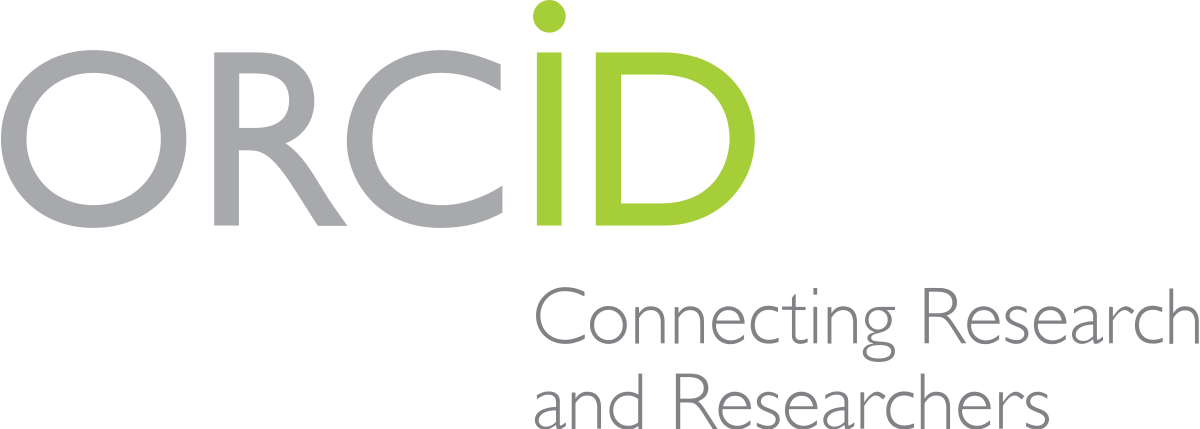



.png)
1.png)


